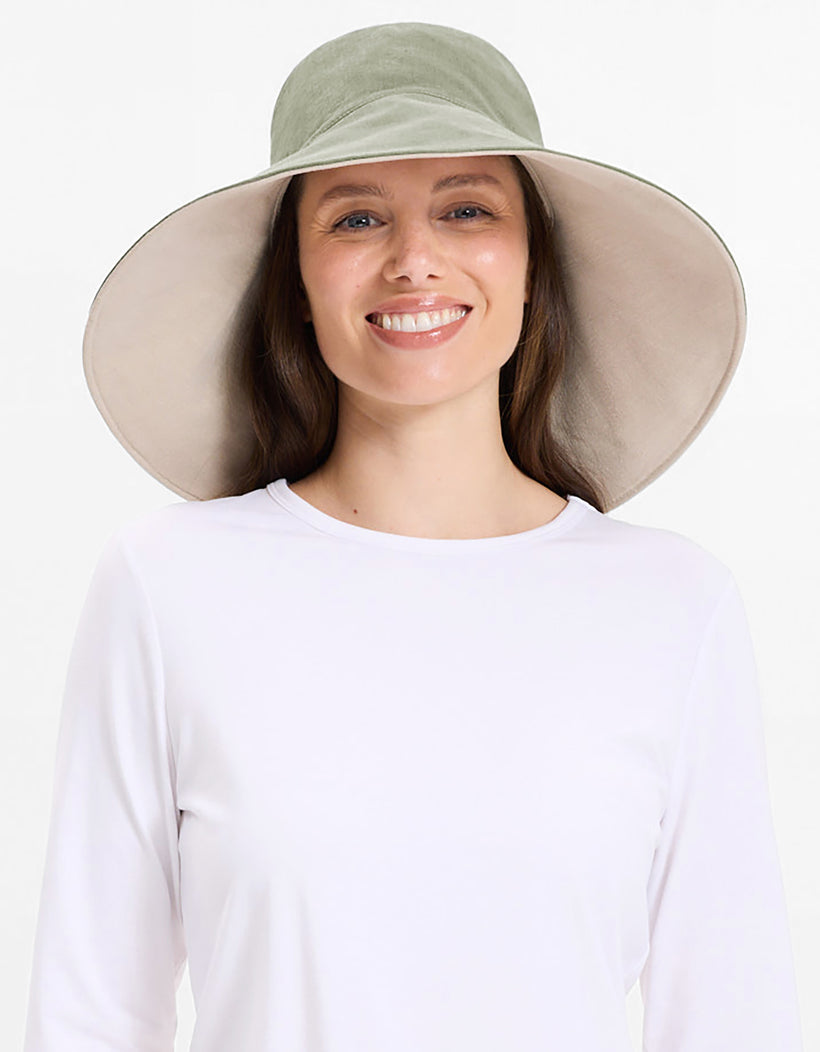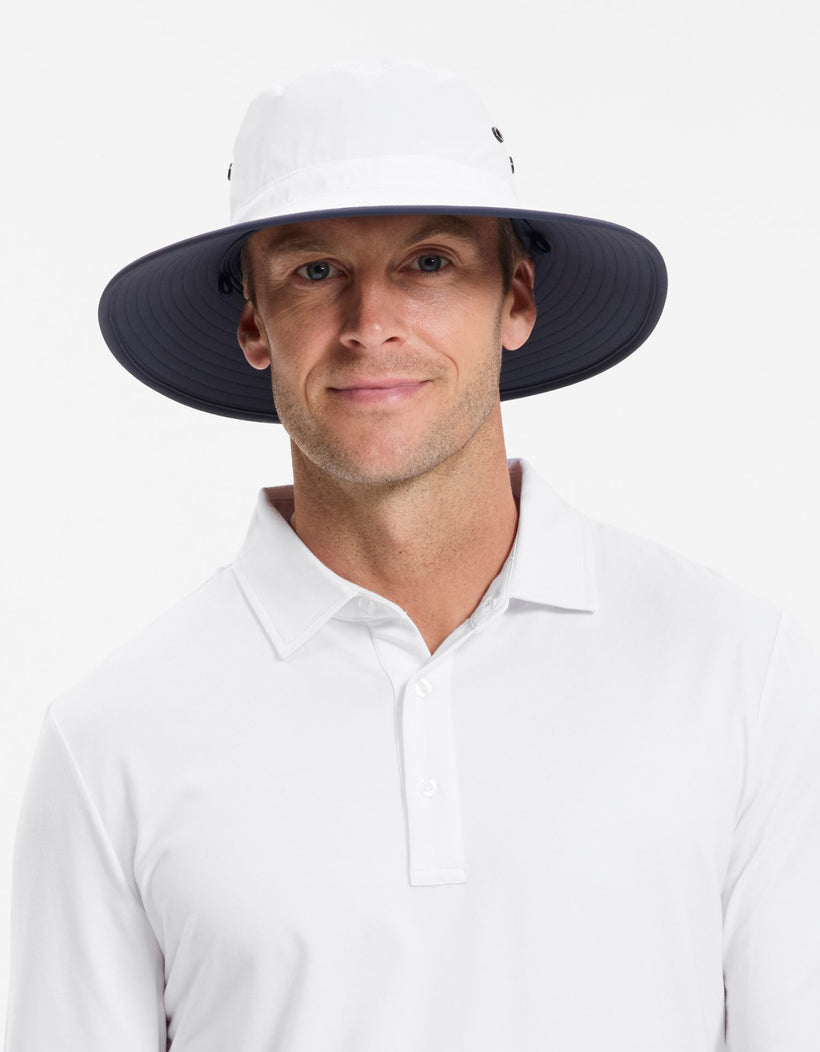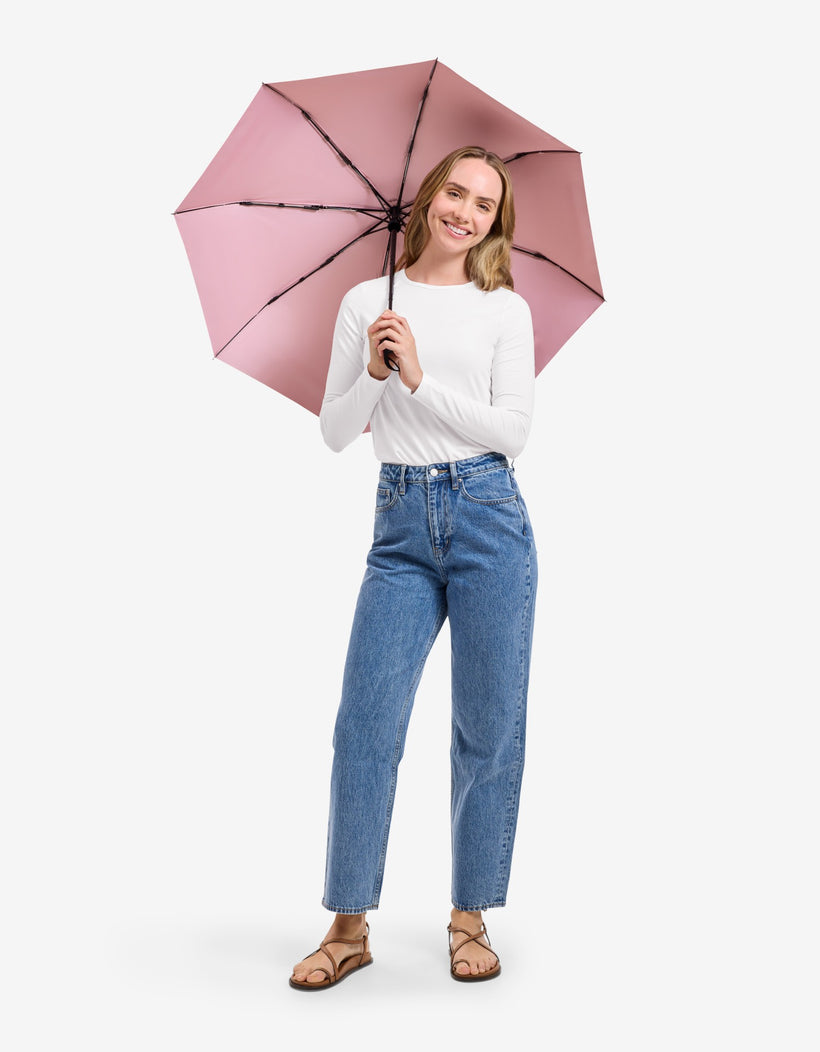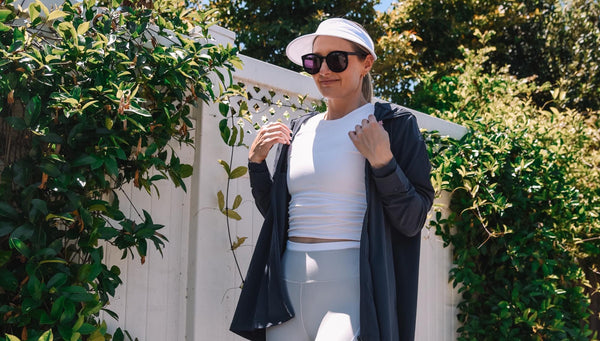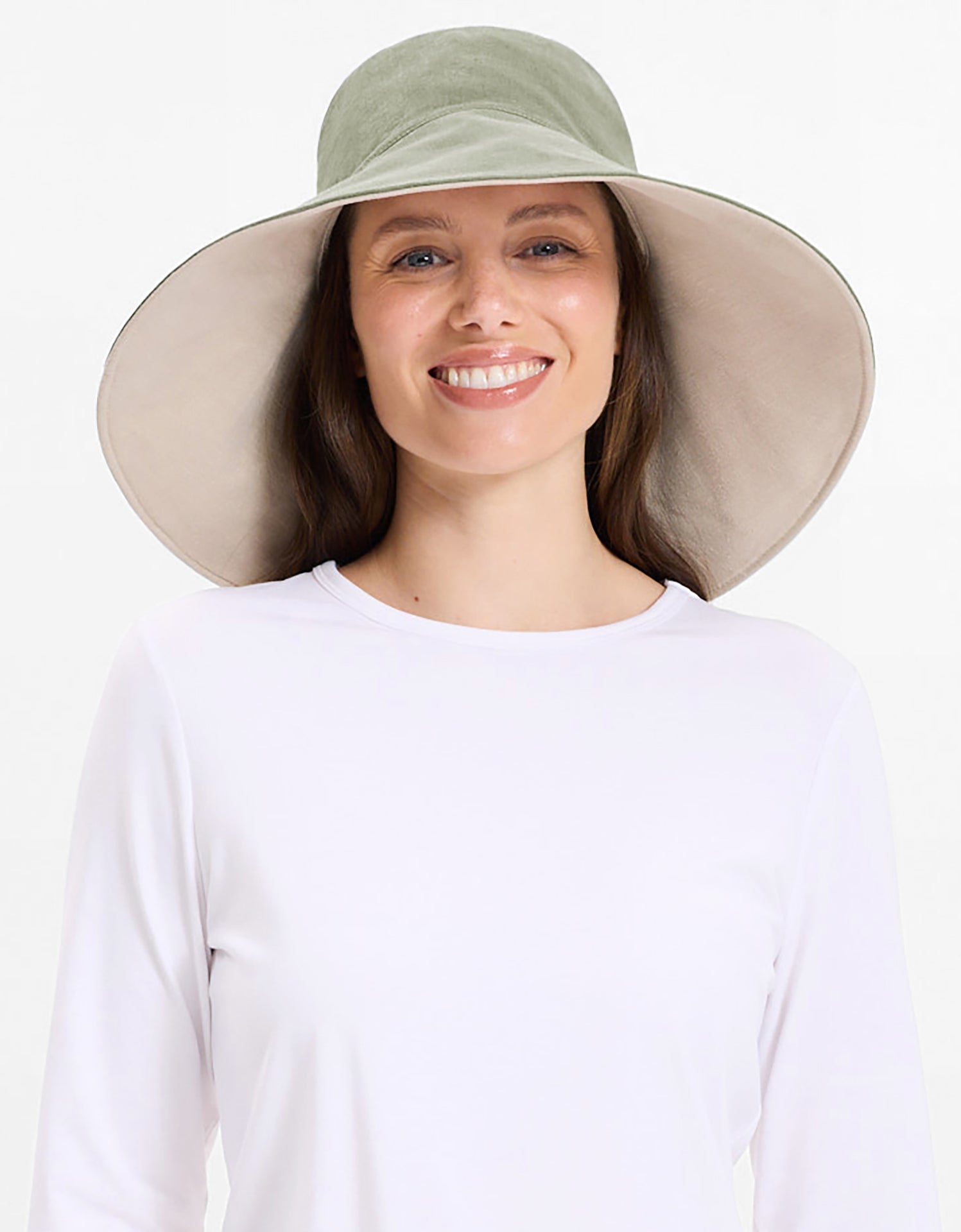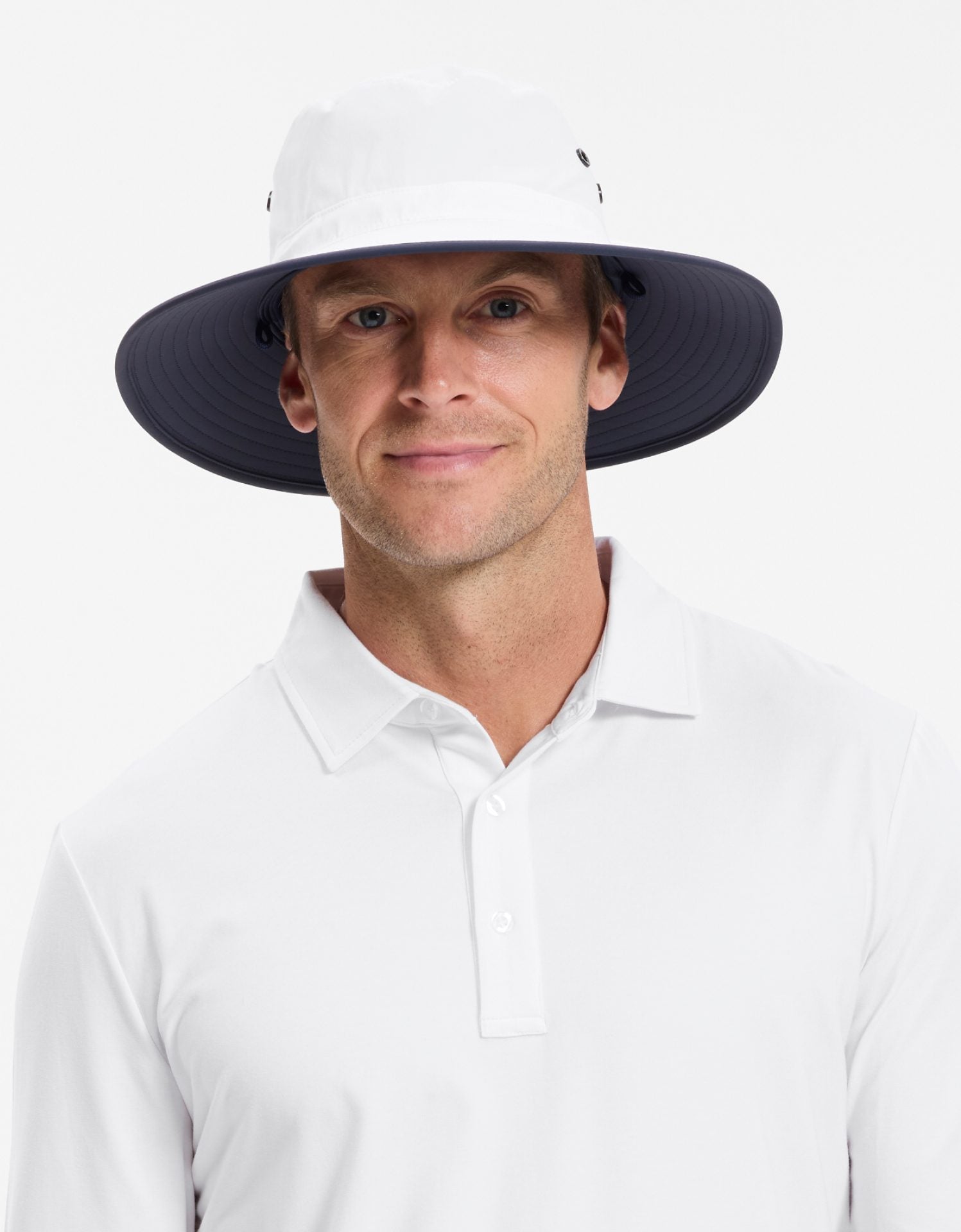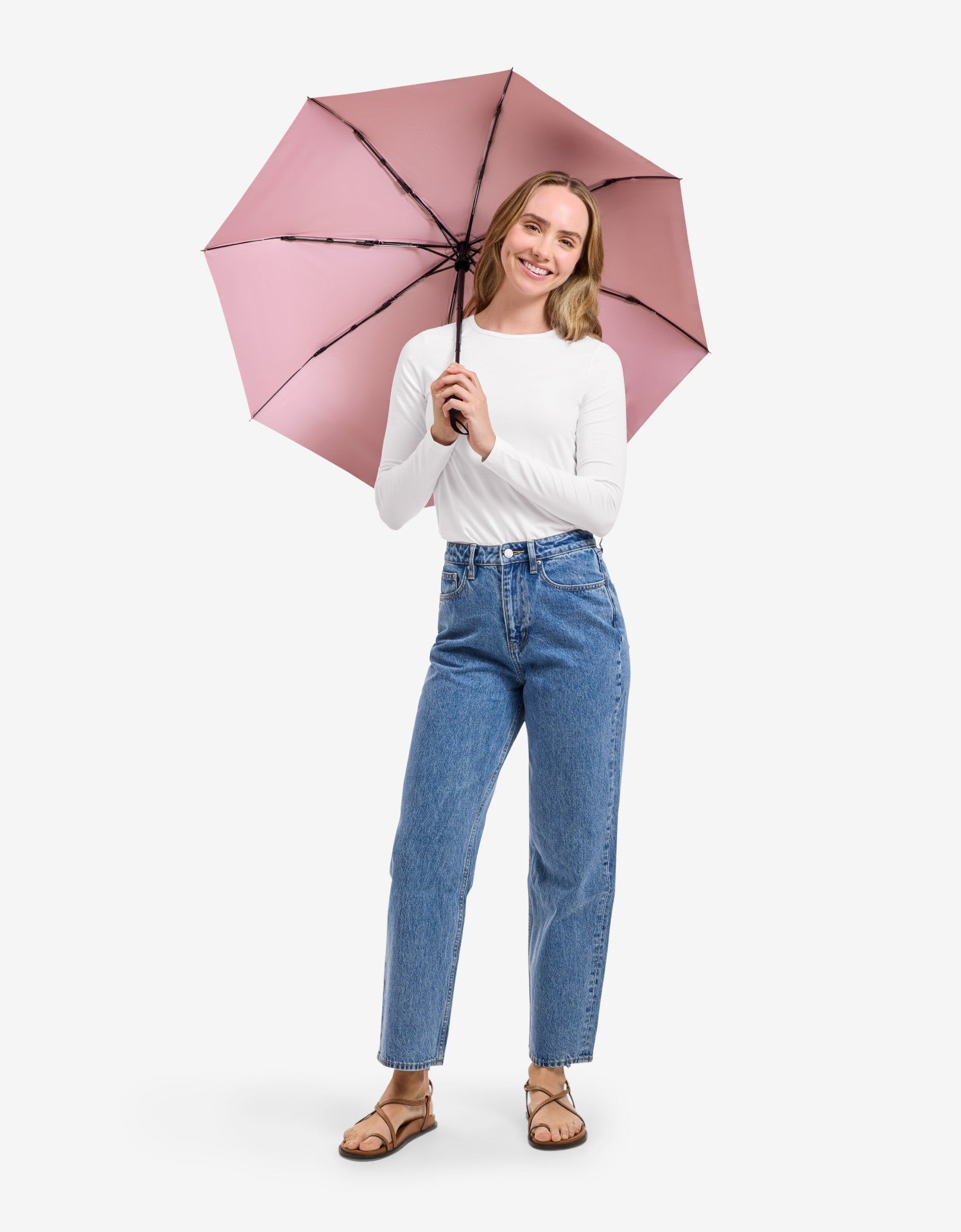The skin is our largest organ: What does it do?

We have many organs. Eighty in fact: including our brain, lungs, liver, bladder, kidney, heart, and stomach. But body organs aren't all internal like the brain or the heart. There's one vital organ which is among the most important and remains quite neglected by many. In fact, it’s our largest organ: it weighs 7 pounds and there are 21.5 square feet. We wear it 24 hours a day.
It’s our skin; a critical organ that performs a vast and varied set of crucial functions for our body.
What does it do?
It’s our body’s protective barrier and defence system between the internal and external environment. Since it is water-resistant it ensures essential nutrients are not washed out of the body and as part of our immune system. It helps us fight off bugs, allergens, toxins and carcinogen and manufactures vitamin D for converting calcium into healthy bones. It regulates our body temperature by sweating.
What is its role?
Without skin we would literally evaporate. It contains nerve endings that react to heat and cold, touch, pressure, and vibration. With its sense of touch it informs us of our interaction with the physical conditions around us. It keeps the brain in touch with the outside world. Its antibacterial substances work to prevent infection. At the same time, skin allows us free movement, proving itself to be an amazingly versatile organ.
The skin is our insulating shield which guards our bodies against extremes of damaging sunlight and the devastating effects of UV radiation. The skin produces melanin, a shield against damage from UV radiation.
In addition, the quality and condition of our skin greatly contributes to our mood, physical state, the perception of health and wellness. It has long served as a canvas for cultural expression and conveying images demonstrating an individual’s personal preferences for how the world perceives them. For some, the skin is the human canvas of both artistic and the spiritual significance.
Given the vast and varied roles this vital organ plays in contributing to our physical health and mental well-being, it seems natural to do everything within our power to protect it. This is not often the case even though the means are well within our reach do so. Do we always do what's necessary to protect our skin for it to perform its most crucial functions?
How UltraViolet (UV) radiation affects the skin?
UV radiation which comes from any exposure from the sun’s rays is classified as a “complete carcinogen”. It is both a mutagen and a non-specific damaging agent. In simple language, it has the properties of both a tumor initiator and a tumor promoter. This this makes it particularly dangerous.
High doses of UV radiation kill most of the skin cells in the upper skin layer, and cells that are not killed get damaged. Abundant in the environment, UV contributes to a variety of skin maladies including inflammation, degenerative aging and cancer. Historically, humans have been exposed to UV radiation mainly through occupational exposure to sunlight. Recreational UV exposure, however, has increased dramatically in recent years because of outdoor leisure activities and to purposely tan for cosmetic purposes.
Excessive exposure to UV carries profound health risks and is linked to the three most common types of skin cancer, basal cell carcinoma, squamous cell carcinoma and malignant melanoma. Together these types of skin cancer affect more than a million Americans annually. As far as Australians are concerned, around 30 are diagnosed with a cancerogenic melanoma every day and more than 1800 die from the disease each year.
So, while UV is in environmental abundance, it is at the same time the source of the most important and frequently occurring cancer in Australia, the United States and elsewhere.
This is the bad news.
How to maintain a healthy skin?
The good news is that, UV radiation is the most modifiable risk factor for not only skin cancer but many other environmentally-influenced skin disorders. There are many uncomplicated and inexpensive options available to protect our skin from what can be the devastating effects of exposure to UV radiation.
Here lies the mission of Solbari. We want to provide the public at large with the most advanced and effective means of protection for your precious skin. We want your skin to be able to perform the vast and varied functions it was designed for. To achieve this objective, we have produced a range of sun protective clothing, sun hats and accessories to ensure that your skin will have the maximum protection from the adverse factors that can impede its proper functioning.
All Solbari products are independently tested by the Australian Government and rated UPF50+ in Australia, which is the highest sun protective rating available in the world for fabrics, blocking 98% of UVA and UVB rays.
You can find out more about Solbari's sun protective range by clicking the links below:
Women UPF 50+
Men UPF 50+
Sun hats UPF 50+
Accessories UPF 50+
SPF 50+ Sunscreen
